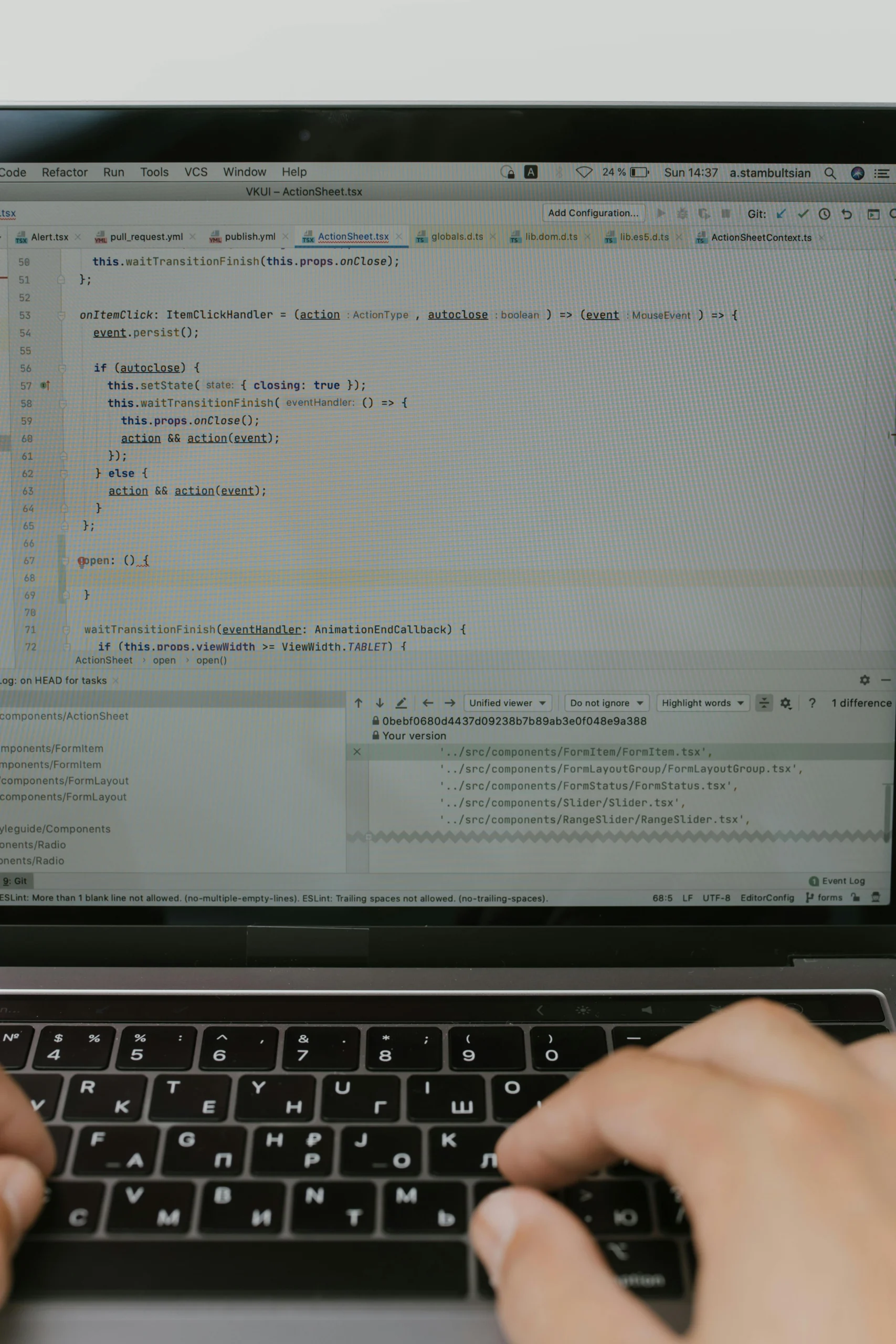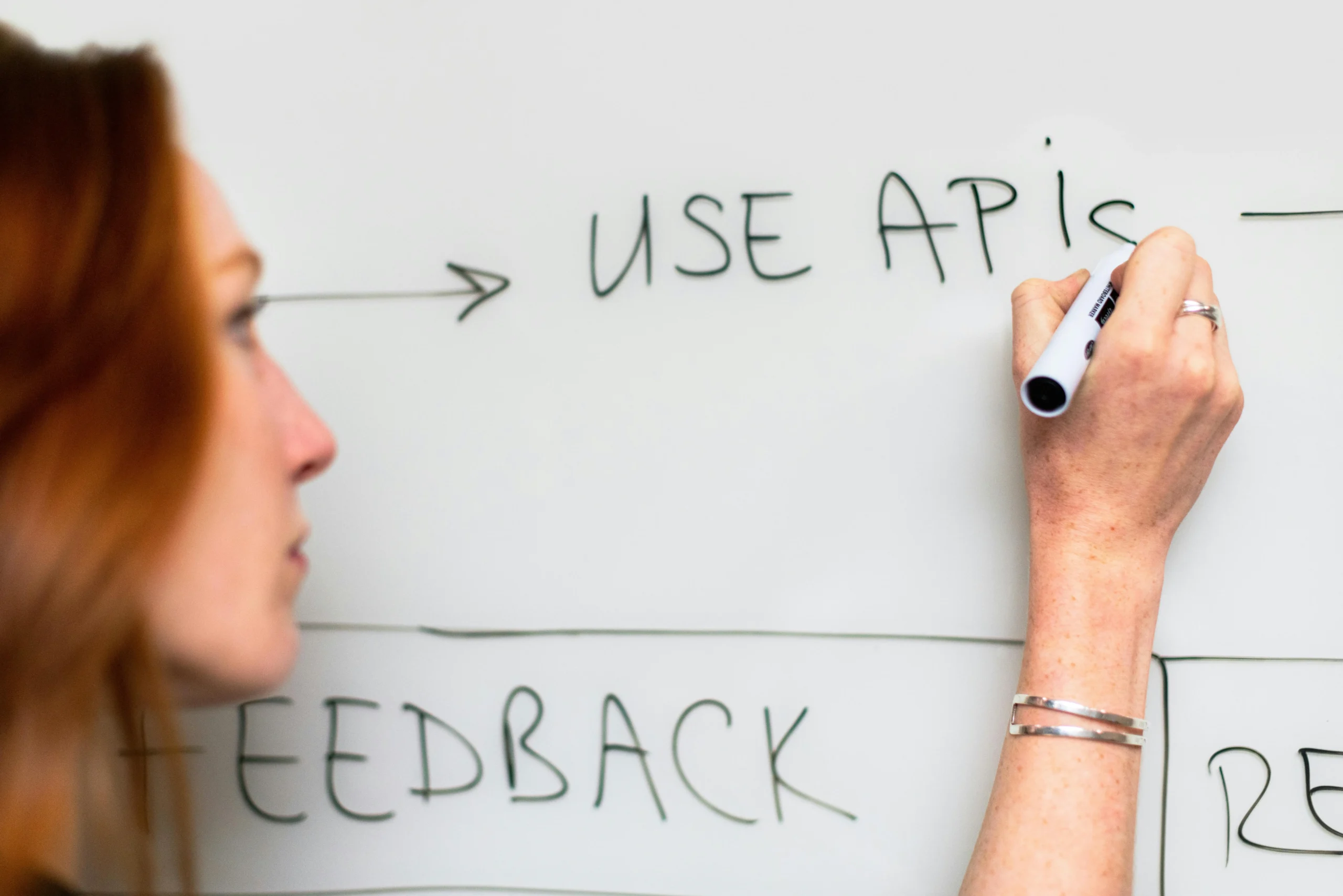Event-driven architecture (EDA) is a design paradigm where systems react to events or changes in state immediately, rather than relying on periodic polling or static workflows. This approach supports high scalability and real-time data processing, making it ideal for environments with unpredictable or high-volume event streams. By decoupling event producers and consumers, EDA enables more flexible and resilient system designs.
However, the adoption of EDA can bring challenges including increased complexity in event management, potential difficulties in debugging distributed event flows, and the need for robust event processing infrastructure. Organizations must consider the trade-offs in consistency and latency when designing these systems. Proper monitoring and tooling are essential to mitigate risks such as event loss or processing delays.
The implications of leveraging EDA extend to faster decision-making capabilities and improved user experiences through timely data-driven actions. Industries such as finance, telecommunications, and e-commerce benefit from the real-time responsiveness EDA provides. Yet, the transition to this architecture demands careful planning and expertise to fully capitalize on its advantages while managing operational risks.
👉 Pročitaj original: MIT Technology Review – AI








